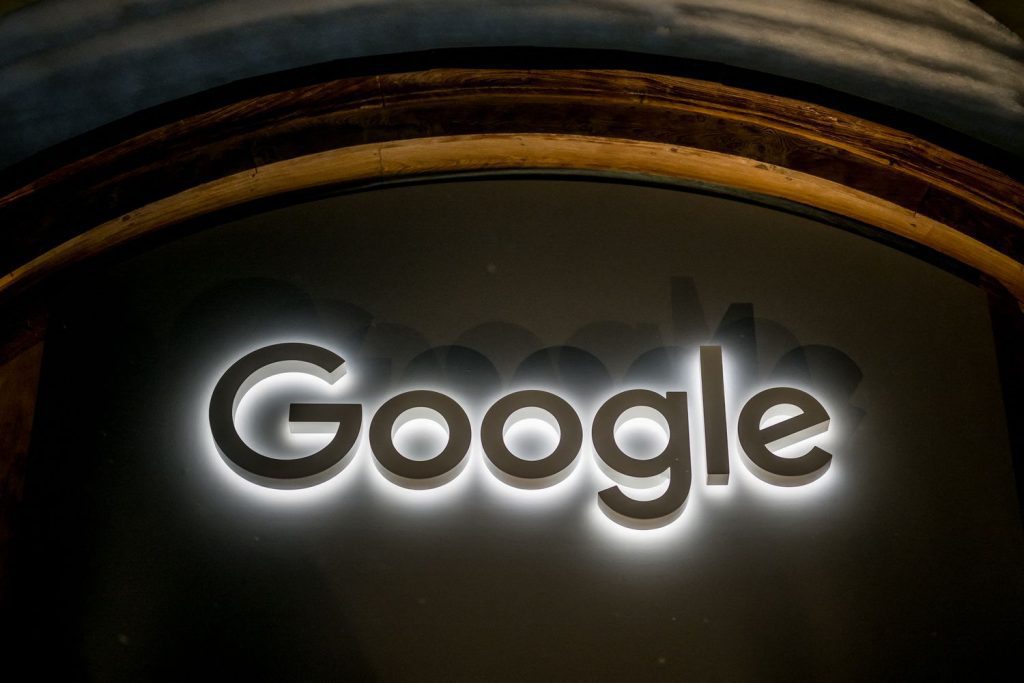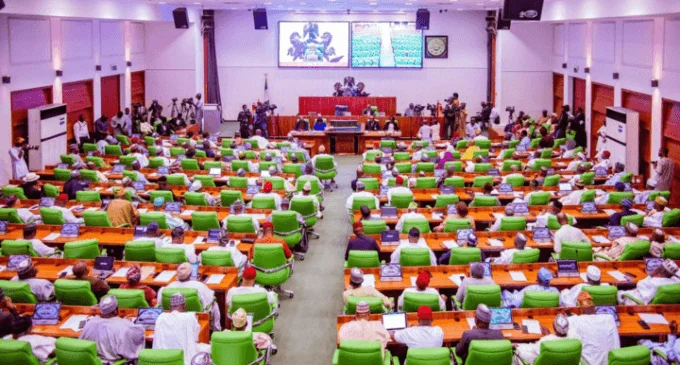In a groundbreaking move to secure long-term access to clean energy, Google has agreed to purchase up to 3 gigawatts (GW) of hydroelectric power from Brookfield Asset Management, marking the largest corporate hydropower agreement in the world to date. The partnership was announced Tuesday and reflects Big Tech’s deepening commitment to powering the next generation of artificial intelligence (AI) and cloud computing infrastructure with carbon-free electricity.
As part of the agreement, Google will sign 20-year power purchase contracts valued at $3 billion for electricity sourced from two of Brookfield’s hydropower facilities in Pennsylvania, according to a report by Semafor. These plants will undergo upgrades and re-licensing to ensure reliable, clean power generation into the future.
$25 Billion Investment in Data Infrastructure
Beyond the power purchase, Google also plans to invest $25 billion over the next two years to build and expand AI-ready data centers in Pennsylvania and neighboring states across the Mid-Atlantic and Midwest. The company’s massive infrastructure investment underscores how energy demand in the U.S. is being reshaped by data-driven technologies and generative AI workloads.
The announcement comes ahead of a high-profile AI summit in Pittsburgh, where Google president and CIO Ruth Porat will speak about the company’s clean energy initiatives. U.S. President Donald Trump is also expected to attend the event, where total AI and energy-related investments of up to $70 billion are slated to be unveiled.
Addressing the Power Demands of AI
The deal represents a strategic response to the skyrocketing energy needs of AI, cloud services, and other high-performance computing technologies that now require huge volumes of uninterrupted, carbon-free electricity. The rise in demand has pushed U.S. electricity consumption to record highs, reversing nearly two decades of stagnation in the power sector.
“This collaboration with Brookfield is a significant step forward, ensuring clean energy supply in the PJM region where we operate,” said Amanda Peterson Corio, Google’s head of data center energy, in an official statement. She highlighted how hydropower provides reliable, emissions-free electricity that can be dispatched around the clock — an essential attribute for maintaining AI systems’ uptime.
Partnership with Brookfield Renewable
Google’s partner in the deal, Brookfield Asset Management, owns and operates its renewable energy portfolio through Brookfield Renewable Partners, one of the largest publicly traded renewable power platforms globally. The two facilities covered in this agreement fall within the territory managed by PJM Interconnection, the largest U.S. power grid operator, which services 65 million people across 13 states and the District of Columbia.
According to the companies, Brookfield will modernize and relicense the hydropower stations to enhance output and environmental performance. While the initial deal focuses on Pennsylvania, Google and Brookfield also confirmed plans to expand the agreement in future phases to include additional facilities throughout the Mid-Atlantic and Midwest.
Pioneering Clean Energy Deals
Over the past year, Google has become a pioneer in next-generation clean energy procurement, consistently signing first-of-its-kind deals. These include:
-
A power agreement for carbon-free geothermal energy.
-
A long-term contract for advanced nuclear energy from next-generation reactors.
-
An AI-powered partnership with PJM Interconnection to accelerate grid integration for new renewable projects.
These efforts are part of Google’s broader commitment to run its operations on 24/7 carbon-free energy by 2030, a goal that goes beyond traditional net-zero targets. Unlike offset-based strategies, Google’s approach requires matching every hour of electricity use with carbon-free sources in real time — a far more ambitious standard.
Clean Energy and Grid Modernization
Google’s energy team is also working closely with PJM Interconnection to digitize and streamline the complex process of bringing new power sources online. Using AI models, the company hopes to shorten permitting times, improve interconnection workflows, and support broader grid modernization efforts across the U.S.
“Digital infrastructure needs digital solutions,” Corio said. “AI can help us not just build smarter data centers, but also smarter energy grids that accelerate the clean energy transition.”
Hydropower, while often overshadowed by solar and wind, remains the largest source of renewable electricity in the U.S. It offers unique advantages, including energy storage capacity, grid stability support, and round-the-clock output — key features for powering always-on digital infrastructure.
A Turning Point for Corporate Energy Deals
Google’s deal with Brookfield signals a new era for corporate energy procurement, where companies are no longer just buying clean energy credits or engaging in symbolic green initiatives. Instead, they are entering into multi-billion-dollar, long-term energy infrastructure agreements that shape the trajectory of regional grids and industrial development.
Analysts view this move as a watershed moment for the hydropower industry, which has seen relatively limited private-sector attention compared to solar and wind.
“Hydro is finally having its moment,” said an energy market strategist at BloombergNEF. “Tech giants like Google are bringing massive capital and credibility to a sector that’s often overlooked, despite its reliability and capacity benefits.”
Final Thoughts
As AI continues to reshape global industries, the energy infrastructure behind that revolution must evolve just as quickly. Google’s historic 3GW hydropower agreement with Brookfield not only reflects that urgency but also sets a powerful precedent for corporate climate leadership in the digital age.
With $25 billion in regional investments, advanced data center construction, and partnerships that bridge clean energy with cutting-edge technology, Google is laying the foundation for an AI future powered by carbon-free electricity — one hydro turbine at a time.












